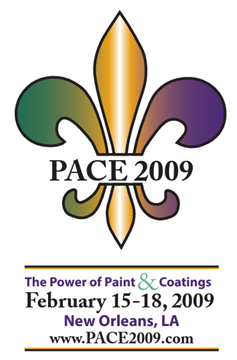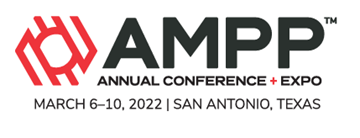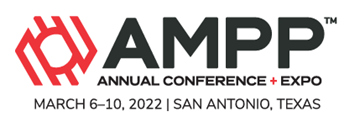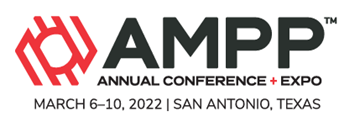Search
Products tagged with 'mechanical properties'
View as
Sort by
Display
per page
High Performance Zero VOC Water Borne Acrylic Topcoat
Product Number:
41209-521-SG
Publication Date:
2009
$20.00
High Strength Austenite For Additive Manufacturing
Product Number:
51322-17496-SG
Publication Date:
2022
$20.00
Influence of Repeated Welding Thermal Cycle on The Mechanical Properties of SA516 Steel Weldment
Product Number:
MPWT19-14345
$0.00
Influence Of Thermomechanical Processing On Mechanical Properties And Corrosion Resistance Of Super Duplex Stainless Steel UNS S32750.
Product Number:
51322-17613-SG
Publication Date:
2022
$20.00
Material Capabilities Of Additively Manufactured Alloy UNS N07718 In An H2S-Containing Environment
Product Number:
51322-17938-SG
Publication Date:
2022
$20.00
Mechanical Performance of Nano-Particles Enriched Zinc Rich Coatings
Product Number:
51219-189-SG
Publication Date:
2019
$20.00
Susceptibility of martensitic stainless steels to hydrogen embrittlement
Product Number:
51323-19273-SG
Publication Date:
2023
$20.00
Susceptibility to Hydrogen Embrittlement of Engineering Steels with Martensitic Microstructures
Product Number:
51324-20800-SG
Publication Date:
2024
$40.00
Sustainable Activated Zinc Rich Epoxy Primers with Extended Durability
Product Number:
MECC23-20257-SG
Publication Date:
2023
$20.00









